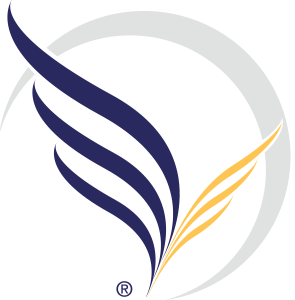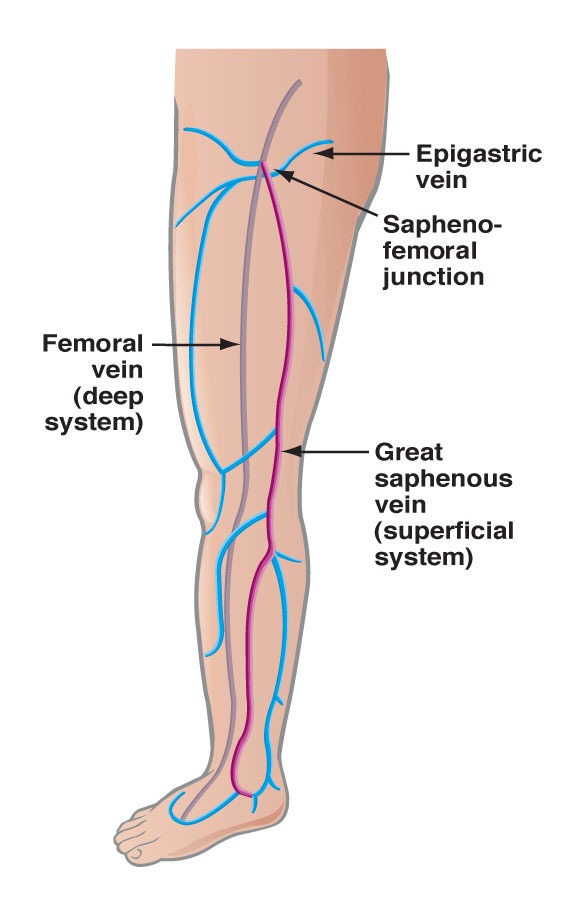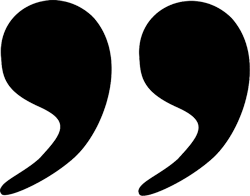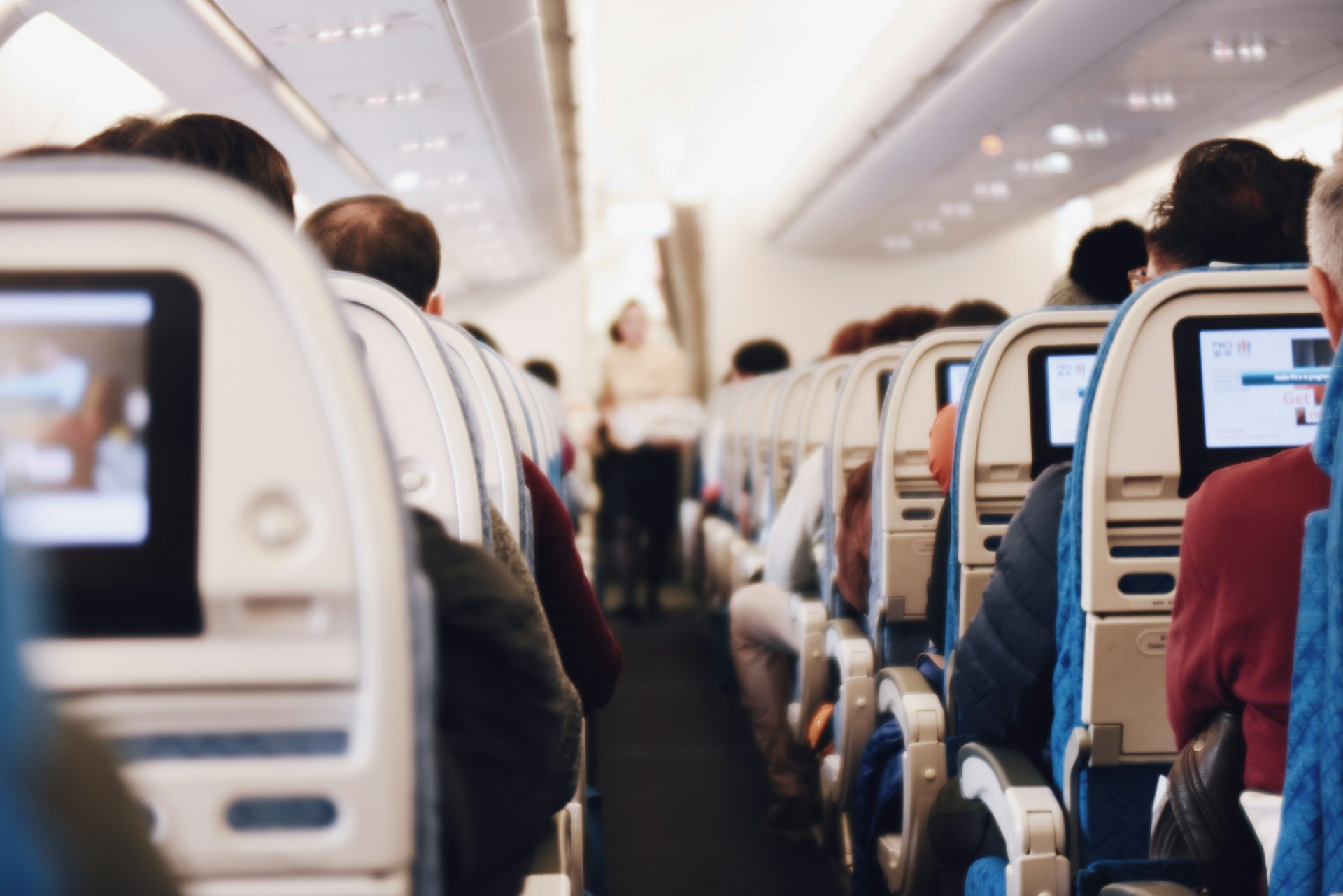The venous system is an intricate network of pumps, pipes and valves. When operating at peak performance it is nothing short of a miracle. It returns the blood from the tissues to the heart, lungs and vital organs where the waste products are removed and replenished with oxygen and nutrients to be pumped back out by the heart via the arterial system.
The foot and calf pumps propel the venous blood up the legs toward the heart against gravity. The pumps are aided by the movement of the diaphragm with exhaling; creating a negative pressure gradient that promotes venous blood return. Things that harm the foot or calf pump decrease the venous flow return from the legs and can cause swelling, skin changes, pain, increased risk of blood clots, varicose and spider veins.
The pipes include the superficial and deep veins and the connecting or perforator veins. They form an intricate network of tributaries connecting the deep and superficial veins. The venous blood flows up the leg from the superficial into the deep systems. Damage to the pipes such as varicose veins, trauma and blood clots affect the flow in your legs.
The venous one or check valves are delicate leaflets in the lumen of the veins that allow blood to flow up the veins but not down the veins. As the blood is pumped up the veins they open, when the muscles relax the valves close to prevent reversal or downward flow. If these one way check valves are defective blood ‘refluxes’ or flows back down the veins pooling in the legs contributing to venous disease.
If there is damage to any of these three components varicose and spider veins and leg swelling are likely to occur. Factors that increase your risk of developing vein disease include close family members with vein disease, pregnancy and hormonal changes in women, occupational factors with sitting or standing for prolonged periods, trauma, blood clots (DVT/SVT/PE), and excessive weight.
The promotion of ‘healthy legs for life’ identifies opportunities for positive lifestyle changes. An informed patient can take ownership and is more likely to effect a positive change. Today’s topic is about the importance of exercise in the promotion of vein and leg health.
The benefits of a regular exercise program are promoted on most any self-help magazine at your local grocery or book store. Many patients with vein disease are depressed about the way their legs look and hide them from their family and peers. There are emotional benefits of exercise. Endorphins released with exercise can be beneficial in patients who suffer from situational depression or the blues. In fact you may begin to feel better when you know you are doing your part towards healthy legs for life.
Obesity is epidemic in our society and in patients with vein disease. The abdominal fat deposits from obesity may increase the pressure needed to pump the blood out of the legs. It, also, makes it difficult to don, wear and remove compression hose. If you can’t touch your feet it is going to be hard to get your hose on and off. Fluffy thighs and graduated compression hose don’t go well together either since they tend to roll or slip down when you are up on your feet. Losing some weight or better yet reaching your target weight is definitely a positive for leg health and makes it easier to be compliant with wearing your compression socks. Regular exercise burns calories that can contribute to weight loss and healthy legs for life.
Remember the foot and calf pumps? Exercise promotes flexibility, good muscular tone and bone health. Flexibility of the ankle, knee and hips and strengthening of the calf muscles improves the venous ‘pumping mechanism’ in the legs. Exercise decreases the risk of blood pooling in the leg, too. Prevention of reflux or pooling of blood decreases you risk of blood clots. Healthy pumps promote healthy legs for life.










